It’s been a while since we’ve all spent time searching for international award flights on the various points programs we use.
With international travel back on the horizon, I wanted to write a series of quick refreshers on the best strategies for searching and booking awards using the most popular loyalty programs – starting with our very own Aeroplan here in Canada.
In November 2020, Air Canada introduced the new Aeroplan. It was built from the ground up, featuring new partners, new award charts, and new sweet spots for both domestic and international flights.
The online portal, however, is still a work in progress. Its calendar search feature only shows economy class prices, and stopovers must be booked over the phone.
This makes looking for flights and piecing together optimal itineraries a time-consuming task. But there are ways to optimize it, depending on which airlines and how complex of a routing you’re looking to fly.
Searching on Aeroplan
Aeroplan members have access to every seat on any Air Canada flights, and the pricing fluctuates depending on the underlying cash fares. Meanwhile, to partner airlines, Air Canada releases limited award space available for a fixed price.
Due to this discrepancy, when booking Air Canada flights with Aeroplan, you must look on Aeroplan.
Here is how I configure the search engine when looking up award space:
- Display the aircraft type to spot lie-flat seats at a glance. It’s especially useful on medium-haul domestic routes, such as Toronto–Vancouver or Montreal–Calgary. The planes that have business class pods are the 788/789 (Boeing 787 variants), 333 (Airbus A330-300), and 77W (Boeing 777). The 223 (Airbus A220) and 7M8 (Boeing 737 MAX 8) feature the new recliner seats. For partner airlines, check their websites for seat information.
- Show eUpgrade eligibility, in case booking a Latitude Economy fare is significantly cheaper than business class. Options that display an “eUpgrade” label have confirmed space. Unless I am ready to fly economy should the upgrade not clear, I avoid “Waitlist” flights. Only segments operated by Air Canada are eligible for upgrade. You may not request a bump-up to premium economy or business class on partner airlines.
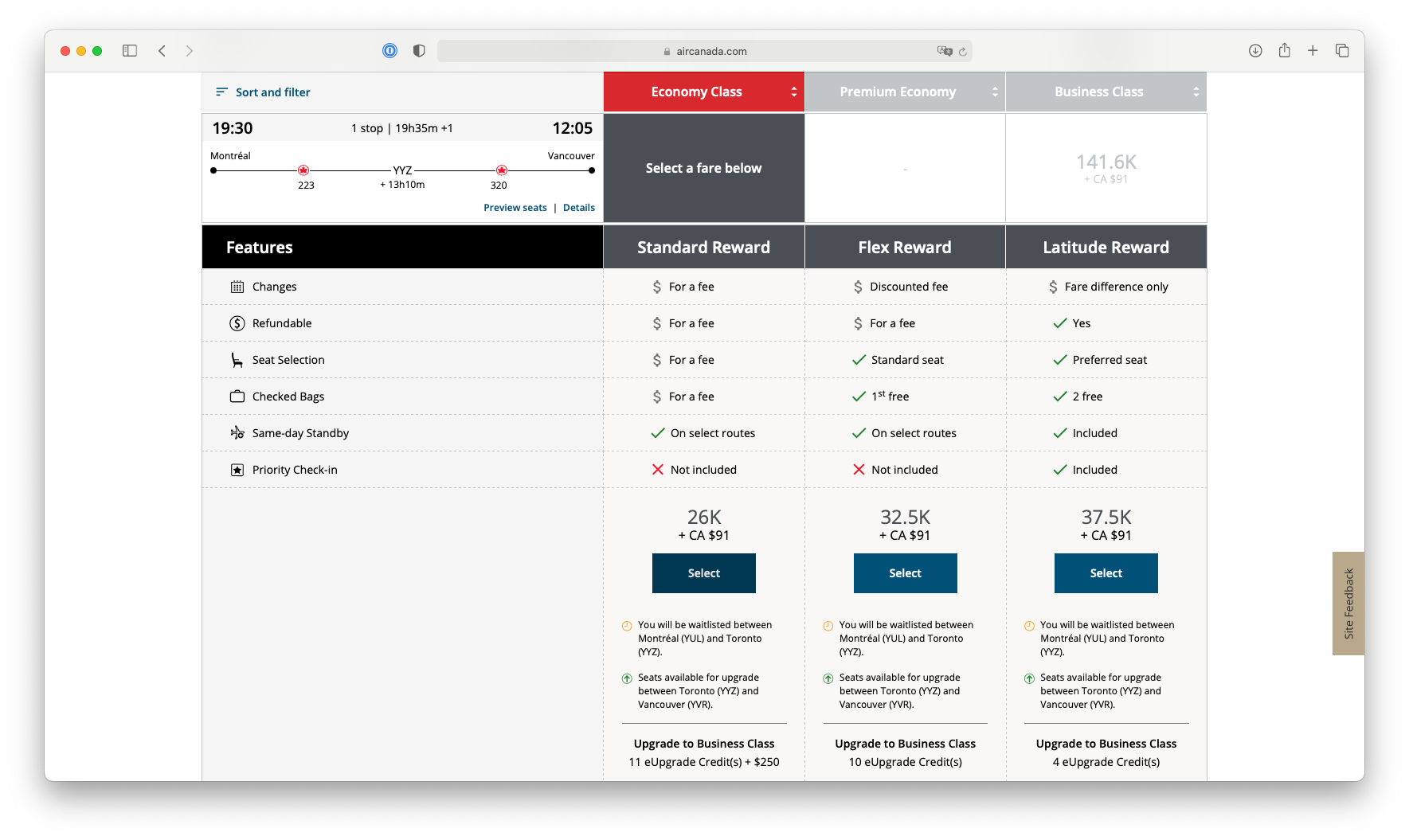
- Reveal the mixed cabin bar to avoid connecting itineraries which have the short segment in business and the long one in economy. The old Aeroplan search engine liked to display those, and they are a terrible deal… unless they’re not.

For domestic routes, the pricing calendar is useful to find the cheapest flights in economy class. Hence, I still search day-by-day for travel in premium economy or business class.

Awards with stopovers or custom layovers can only be booked over the phone. Aeroplan charges a pesky $30 phone booking fee even if the itinerary is not accessible online. They promise to roll out advanced booking features on the website in late 2021 and early 2022.
Searching on ExpertFlyer
ExpertFlyer has access to revenue and award availability across dozens of airlines. It’s a tool geared towards advanced users who need to look for flights on multiple dates and in multiple classes at once.
When compared to the inconvenience of spamming the “Search” button on most airlines’ websites, the membership fee of US$99 per year is a small price to pay.
Ever since Aeroplan introduced the dynamic pricing model, Air Canada award seats do not show up on ExpertFlyer. The only fare bucket that displays availability is “R”, which stands for eUpgrades. When there is no space in that booking class, passengers cannot confirm an upgrade instantly; instead, they are waitlisted.
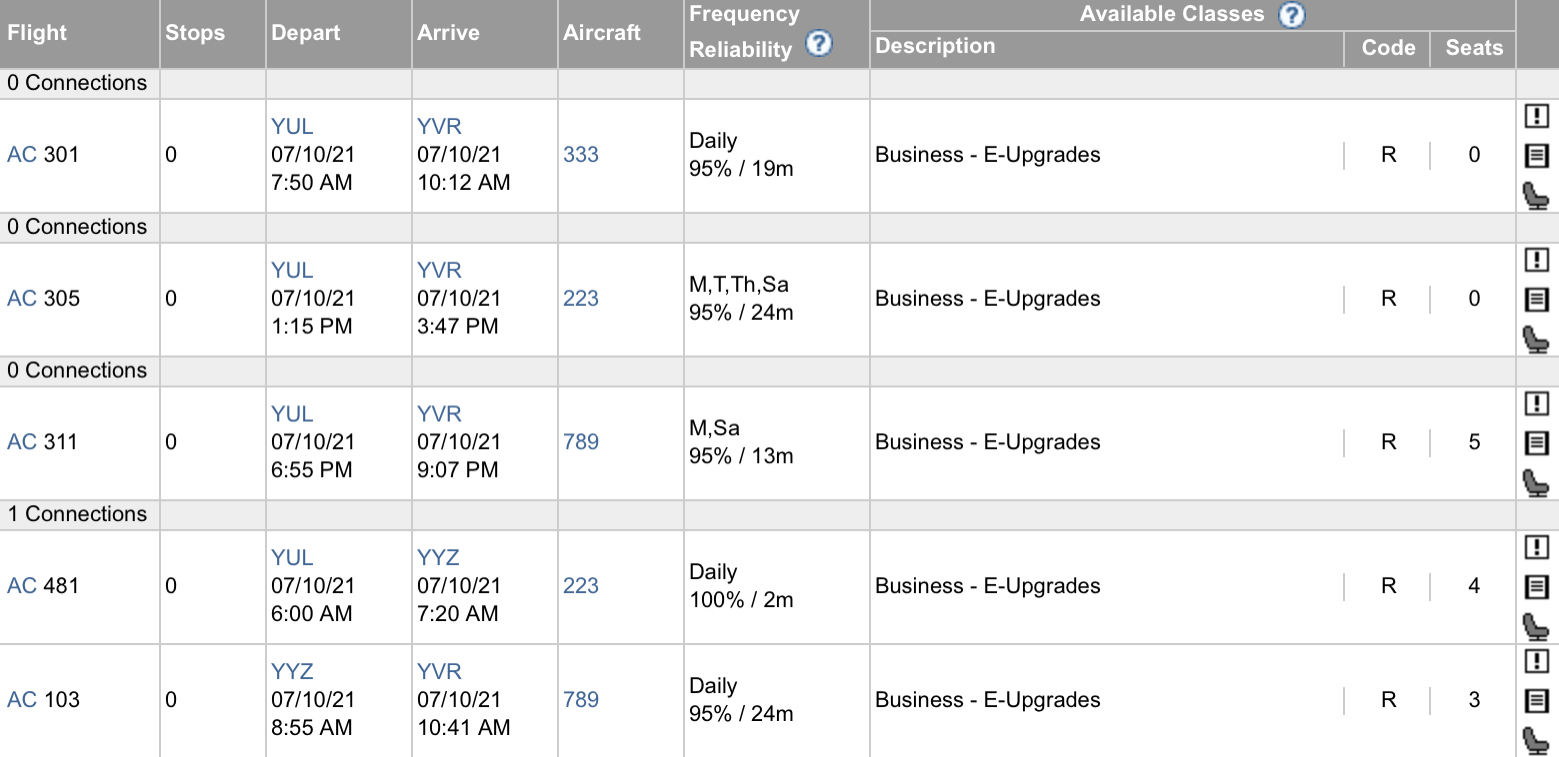
Award space for all 26 Star Alliance members, as well as some of Air Canada’s non-alliance partners, is searchable via ExpertFlyer.
If I am flexible with the time of travel, I set the departure and return date options to “+/- 3 days”. This way, the website displays seven calendar days at once for both the outbound and inbound legs.
As for the fare buckets, I check business class and First Class for longer flights, only adding economy for short ones.
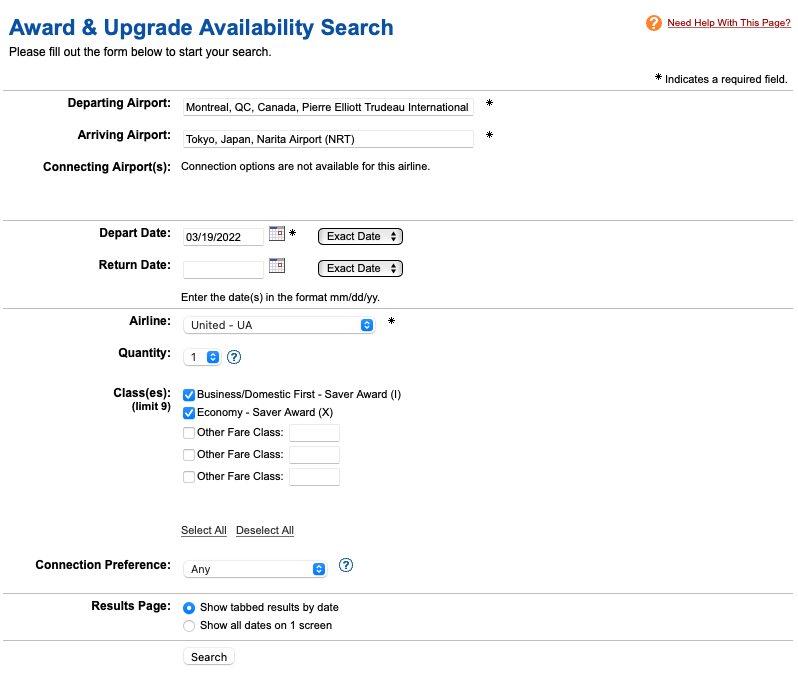
To demonstrate how ExpertFlyer works, let’s try to find seats between Montreal (YUL) and Singapore (SIN) for March 2022. Carriers usually release inventory to partners about a year in advance, less some exceptions, such as Lufthansa or Emirates First Class.
First, I look for the longest transpacific segment from major airports in Canada or the US. After all, short flights generally have more premium award space, and even if they don’t, flying economy for an hour or two is hardly an issue.
There happens to be business class on EVA Air on March 19, which is an amazing experience that Ricky has tried on both the 787 and the 777. The flight is BR9 from Vancouver (YVR) to Taipei (TPE).
Now, I just need to find the flights from Montreal to Vancouver, as well as Taipei to Singapore.

Since the EVA flight departs in the early hours, I am looking for the domestic segment on the previous day. As outlined above, for Air Canada-operated flights, the Aeroplan website and app is the best place to look.
Aeroplan offers premium economy for 18,400 points on AC311, arriving at 20:50 on March 18. Since this is towards the lower end of the dynamic pricing model, I’ll be able to incorporate it into a larger partner itinerary without inflating the price point of the overall booking.
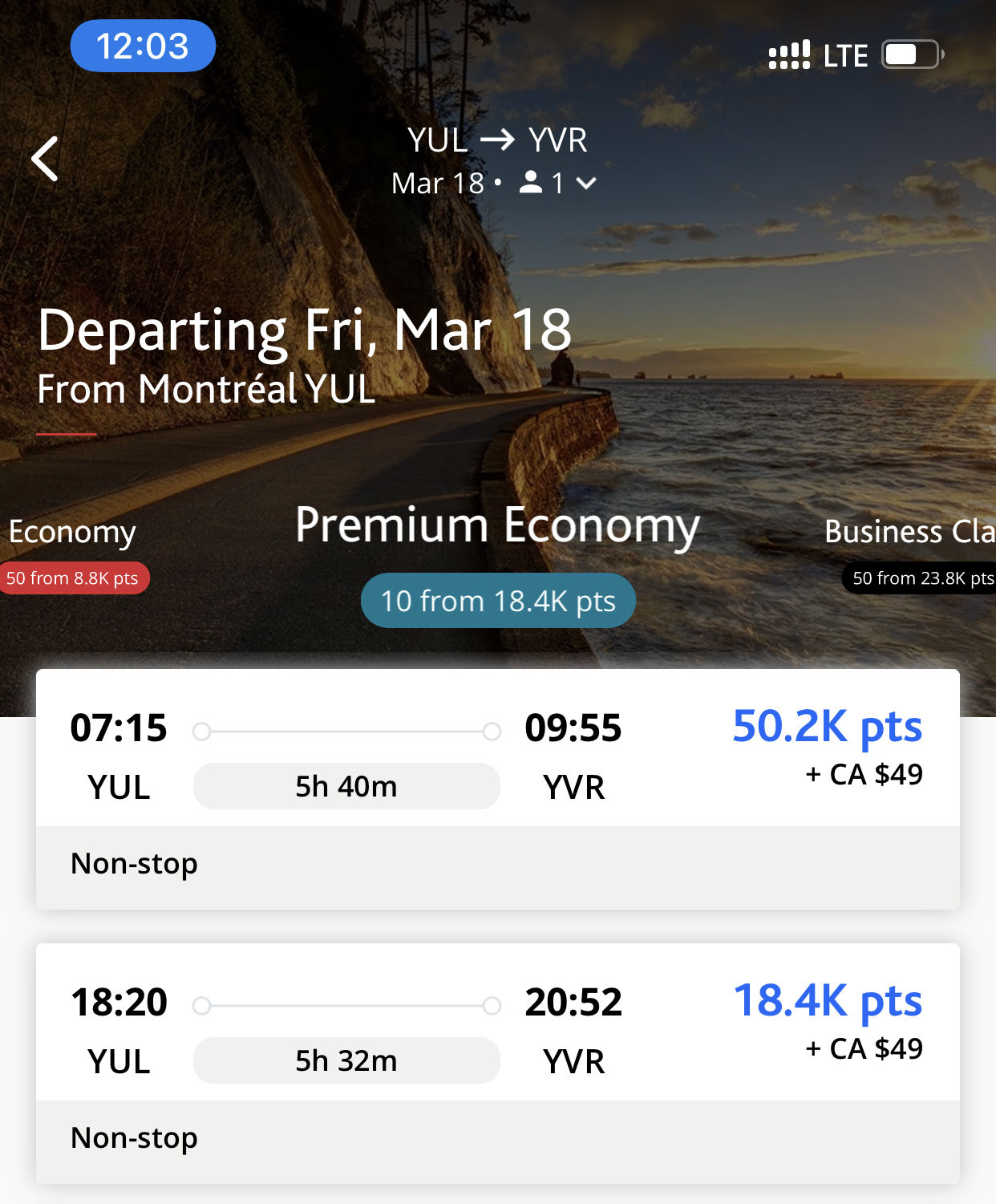
I’ll make Taipei a two-day stopover for an extra 5,000 Aeroplan points. Continuing onwards, Singapore Airlines awards remain offline for the time being (as the airline has restricted partner access to all of its award availability during the COVID-19 pandemic), so the segment from Taiwan to Singapore is BR212, again operated by EVA.

The last step is to check that every individual flight shows up on the Aeroplan website by searching for each segment one-by-one. If all of them indeed do, I just need to call in and book.
Booking a Complex Award
Aeroplan is based on one-way bound logic. When it comes to complex trips, breaking up the itinerary correctly and making sure you have enough miles to book the trip is the first step. Following our in-depth review of the new program’s routing rules, here’s an example itinerary and its one-way bounds.
A journey such as Toronto (YYZ) – Tokyo (NRT/HND) – Seoul (ICN) – Singapore (SIN) – Bangkok (BKK) – Frankfurt (FRA), with stopovers in Tokyo and Singapore, has two one-way bounds:
- Toronto to Singapore.
- Singapore to Frankfurt. (With Singapore as the second stopover, the bound breaks.)

Even if Singapore were a layover, transiting through Asia when going from Canada to Europe is not permitted. Singapore–Bangkok would have still been on the first bound, but Bangkok to Frankfurt would have been priced separately, resulting in roughly the same cost in points.
The next step is to plan the itinerary around the longest segments, which are usually hardest to find availability. There are two here: Toronto–Tokyo and Bangkok–Frankfurt. Using FlightConnections, I look for direct routes.
At this time, Air Canada is the only airline that flies directly from Toronto to Japan. If the pricing is on the high side, I might have to pick a connecting flight with ANA or United from the US. Alternatively, I could connect in Vancouver, or even in Asia.
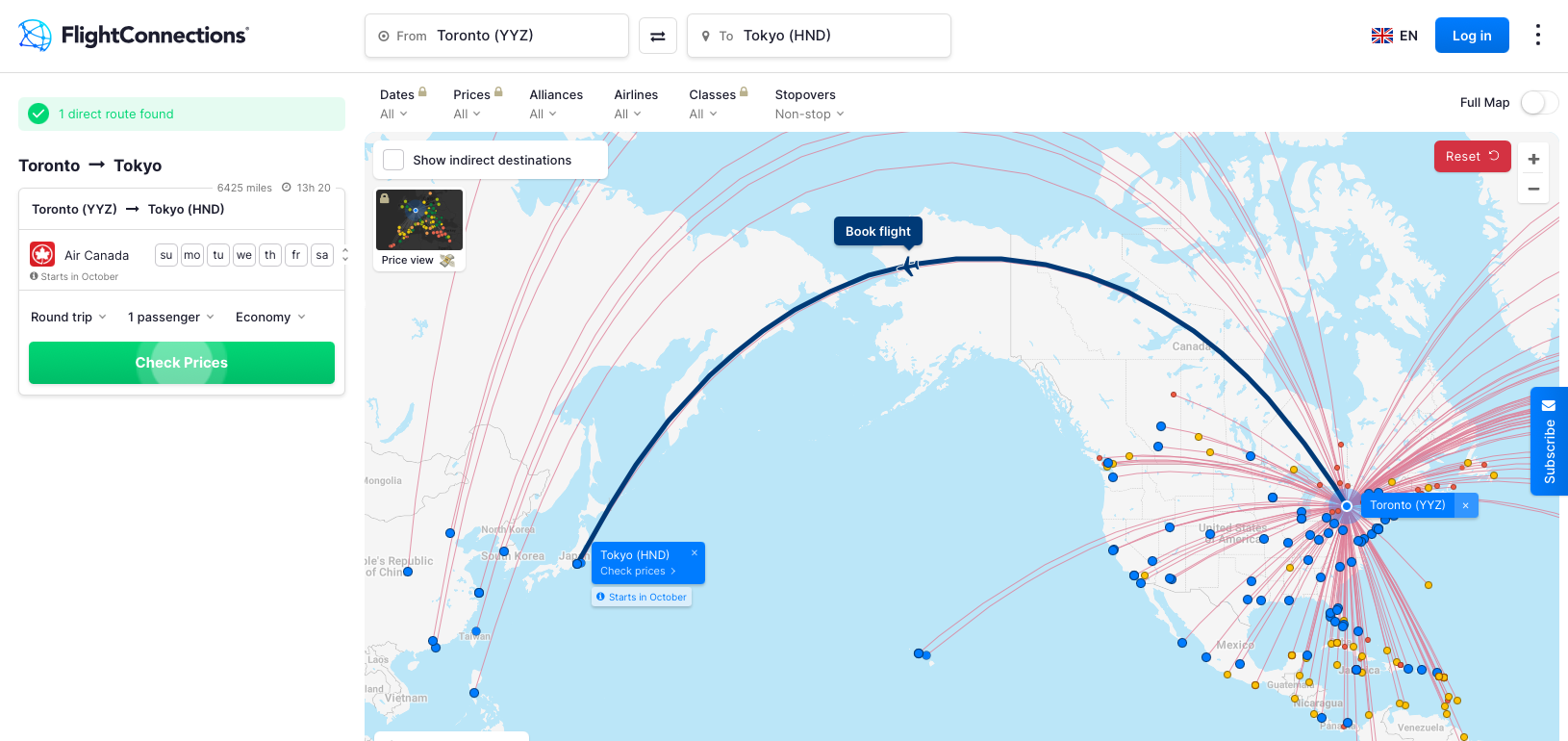
The final segment to Europe is available on either Thai Airways (TG) or Lufthansa (LH). Those flights seem to have sporadic business class space, so it will take a fair bit of clicking through ExpertFlyer to find suitable dates. I may have to move the Toronto flight to accommodate for the Bangkok one, depending on availability.
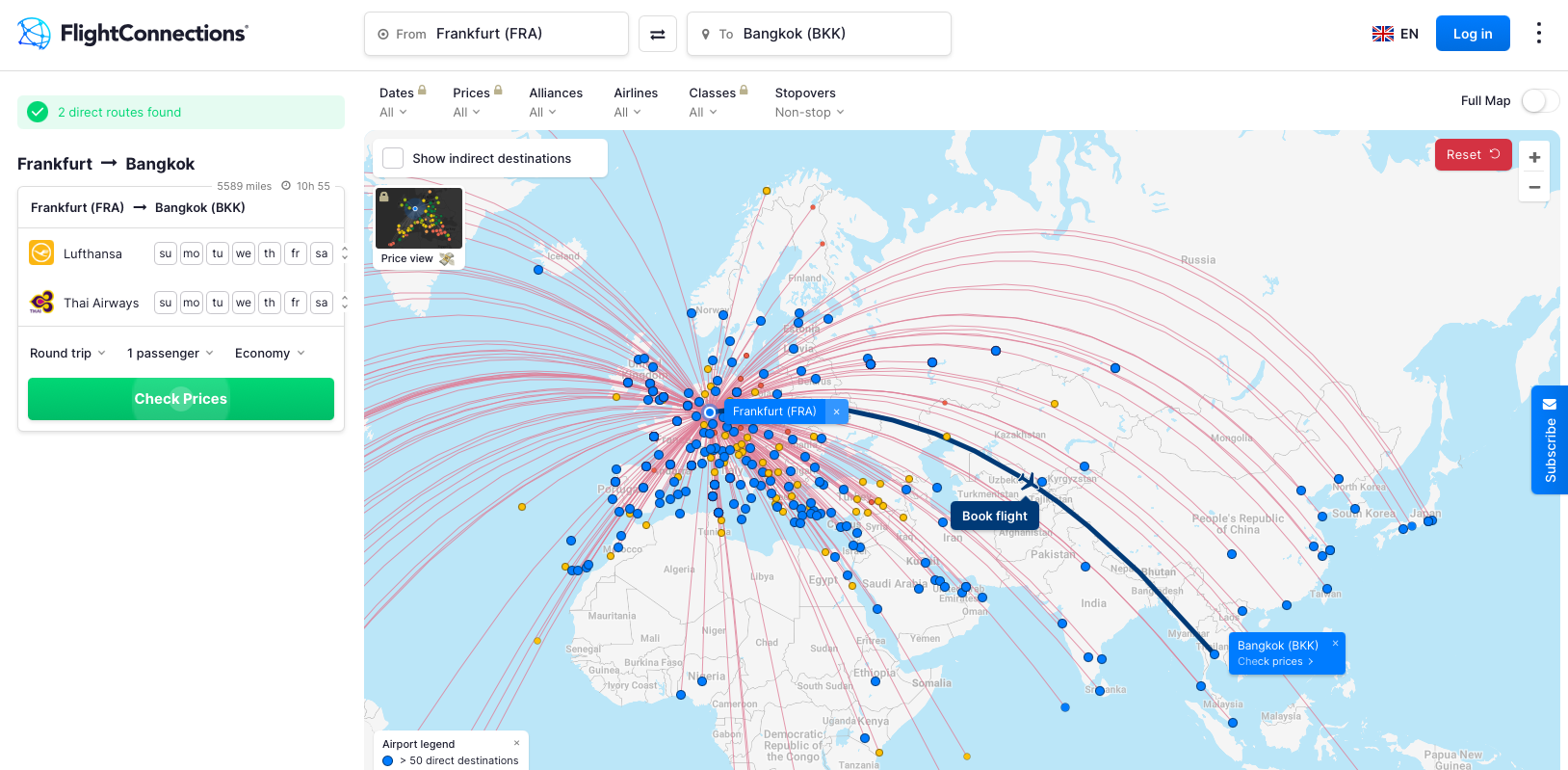
There are three intra-Asia legs to look for next, in order of flight duration:
- Seoul–Singapore, operated by Asiana or Singapore Airlines
- Tokyo–Seoul, on ANA or Asiana
- Singapore–Bangkok, available on Thai Airways and Singapore Airlines
ANA and Singapore Airlines are the stingiest when it comes to releasing business and First Class seats. Since some airlines are more generous with award space than others, it’s always wise to choose destinations which are served by multiple partners – a less luxurious flight is better than no flight at all.
When booking extravagant trips, keep in mind that the more moving parts, the higher the chance of the whole itinerary breaking – be it because of missing award space on a two-hour hop, or delays that cause you to miss half the flights on the ticket when you actually travel.
Unless one of the core purposes of the trip is to maximize flying time and try out as many airlines as possible, sometimes simpler is better.
Conclusion
Aeroplan is a versatile loyalty program that accommodates straightforward travel plans as well as it does complex itineraries. Knowing the routing rules and being at ease with tools such as FlightConnections and ExpertFlyer saves time when stitching together numerous flights in different parts of the words.
While every Air Canada flight can be purchased with points, at times, it’s a sub-optimal deal. Taking advantage of ExpertFlyer to look for seats on partner airlines could lead to memorable experiences on luxurious First Class and business class cabins, such as Singapore Airlines and EVA Air.
As tempting as it might be to reach the 16-segment and six-bound limit on a trip of a lifetime, such a trip does come with significant costs and risks. Simpler is often better, and prioritizing the experience in flight vs. the time spent at destination is crucial to obtaining the experience that inspires you to pursue Miles & Points.
I’ll be working on a few more refreshers on how to search and book awards with popular loyalty programs in the coming weeks, so stay tuned for that.













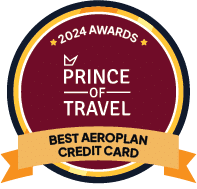






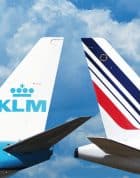
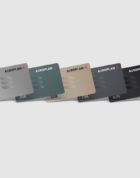

I lost my card, I cannot sign in, it will not take it. I try chat and phoning with novavail. HELP
I don’t exactly understand what you’re having issues with, but the Prince of Travel Elites Facebook group is a good place to ask.
Hi alex – how can one make Air Canada to show the eUpgrade eligibility on specific searched flights
If you’re talking about showing eUpgrade availability in the search list, you need to open the “Filters” pane and check the eUpgrade checkbox in the display options.
Coincidentally, I just booked a intra-Asia trips via Aeroplan points in March 2022:
YVR-TPE-SIN (all via EVA Air), then, open jaw return HKG-PVG-YVR (CX, AC) for about 175K Aeroplan pts. This is a semi-speculative booking as this award tickets can be cancelled or changed if needed, thanks to AC”s generous no-penalty change or cancel rule prior to July 31…
@PaulD: the canadiancow.com search is really interesting, Thanks for the suggestion!
The open jaw segment from Singapore to Hong Kong still hasn’t been decided yet; but there will be lots of local Asia airlines (Air Asia, Scoot, Cathay Dragon, Cathay pacific, Singapore Airlines, EVA, etc etc)
Very helpful article. Can’t wait to see how to navigate the labyrinth of booking with BAEC partners.
There’s certainly lots to be discussed there, so stay tuned for it!
How do I see the calendar view when I book with points to what date is the cheapest?
The website only shows the calendar view for flights within Canada. You can see seven days at a time, and the lowest price point of the seven days is highlighted in green.
Thanks
Hi Alex! Might I also suggest CanadianCow’s AC Reward Space searcher at https://api.ft.canadiancow.com/ac-rewardsearcher/ac-rewardsearcher
It can effectively search a range of dates for any award space on Aeroplan – basically the Aeroplan award calendar. I’ll be using this over pretty much anything else until Air Canada releases their own calendar.
Example search here for ANA’s “The Room” business class:
https://api.ft.canadiancow.com/ac-rewardsearcher/ac-rewardsearcher?pax=1&origins=JFK&destinations=NRT&dates=2022-06-25%3A2022-07-05&airlines=
Shows availability JFK-NRT on Jun 26th, 2022 (at time of writing)!
Take it for a spin and let me know how you find it.
paul don’t share stuff on blog like this you ruin it for everyone cuz then everyone uses it. flyertalk is better since not filled with newbs
Yeah Paul, what were you thinking.
#gamechanger
The real search tip is always in the comments 😉